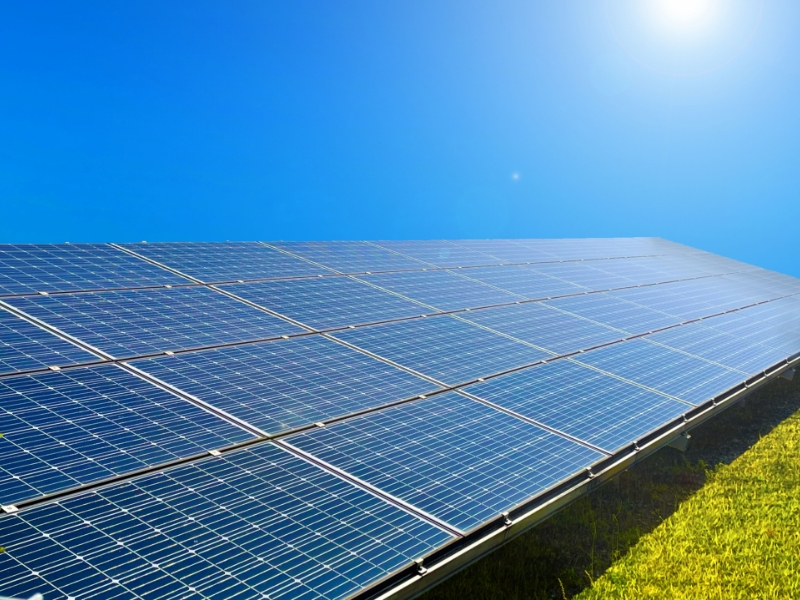Environmental targets
Environmental Goals for Injection Molding & Plating On Plastic
| Actual value in 2022 | Target value for 2025 | Target value for 2030 | |
|---|---|---|---|
| Electricity consumption | Percentage of renewable energy : 3.1% | Percentage of renewable energy : 20% | Percentage of renewable energy : 50% |
| Reduction of CO2 emissions | 1,725t/year | 30% reduction compared to 2022 |
60% reduction compared to 2022 |
| Resin waste | 41t/year | 50% reuse | 100% reuse |
| Metal waste | 144t/year | 40% collect and reuse | 80% collect and reuse |
| Effluent, wastewater | 123,874m3/year | Reduce emissions by 50% | Reduce emissions by 90% |
Aiming for environmentally-sound plating
A lot of electricity is required to deposit plating on plastics. We aim to use solar power and other renewable energy sources to not only promote carbon offsets, but also to reduce the amount of electricity used for plating, thus make plastic plating more environmentally sound.
- 50% of electricity at plating plant to be supplied by renewable energy sources
- Reduce CO2 emissions by 60% compared to 2022
We aim to utilize 100% of plastic waste such as molding defects, plating defects, and returnable containers generated in the plastic plating process as pallets and returnable containers for our own use.
We aim to utilize 100% of plastic waste such as molding defects, plating defects, and returnable containers generated in the plastic plating process as pallets and returnable containers for our own use.
Wastewater and effluent from plating operations can have a negative impact on the environment.
We will continue to reduce wastewater emissions and aim for a 90% reduction in emissions.
We will also create a system to reduce CO2 emissions and produce valuable resources from waste by growing algae from the active ingredients from the liquid waste and CO2 emitted from our company.

